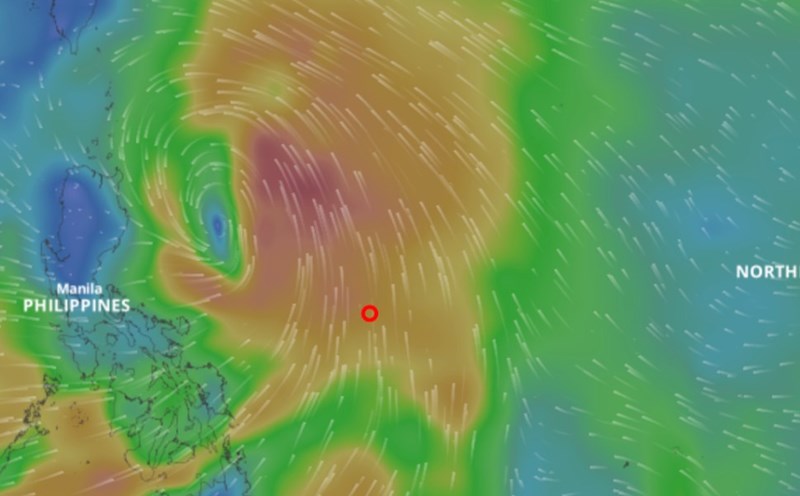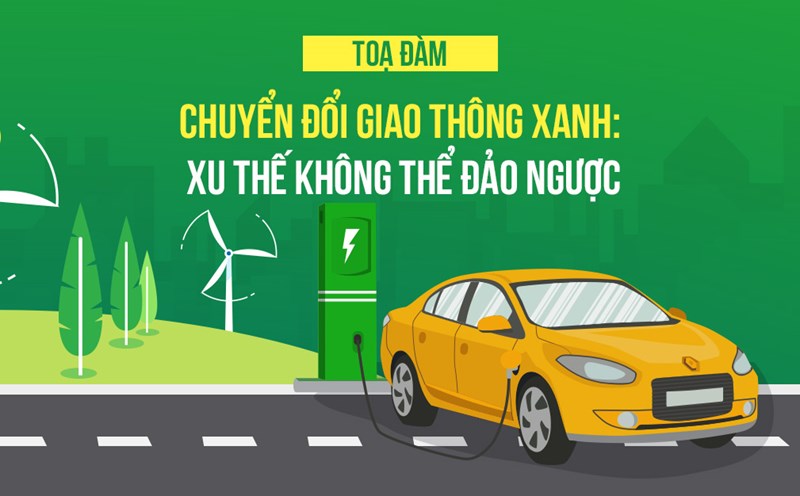According to the National Center for Hydro-Meteorological Forecasting, on July 16, the area from Thanh Hoa to Da Nang, the east of the provinces from Quang Ngai to Dak Lak and Khanh Hoa will have hot weather with the highest daily temperature commonly 35 - 37 degrees Celsius, some places above 37 degrees Celsius such as: Tam Ky (Da Nang) 37.1 degrees Celsius, Quang Ngai 37.1 degrees Celsius; the Northeast region will have local heat, some places above 36 degrees Celsius such as: Son Dong (Bac Ninh) 36.3 degrees Celsius, Lang (Hanoi) 36.2 degrees Celsius... The lowest humidity commonly 60 - 65%.
On July 17, the area from Thanh Hoa to Da Nang, the East of the provinces from Quang Ngai to Dak Lak and Khanh Hoa will have hot weather, some places will have severe heat with the highest temperature commonly 35 - 37 degrees Celsius, some places will be over 37 degrees Celsius. The lowest relatively humidity is commonly 55 - 60%. The hot weather is from 11 - 16 hours.
The North will have hot weather, some places will have severe heat with the highest temperature commonly 35 - 36 degrees Celsius, some places will be above 36 degrees Celsius. The lowest relatively humidity is commonly 60 - 65%.
On July 18, in the North, the area from Thanh Hoa to Da Nang, the east of the provinces from Quang Ngai to Dak Lak and Khanh Hoa will have hot weather, some places will have severe heat with the highest temperature commonly 35 - 38 degrees Celsius, some places will be over 38 degrees Celsius. The lowest relatively humidity is commonly 50 - 65%. The hot weather is from 10am to 5pm.
From July 19, the hot weather in the North is likely to gradually calm down, the highest temperature will decrease by about 3 - 4 degrees Celsius. In the Central region, the hot weather is likely to last until around July 19, from July 20, the hot weather will gradually calm down, the highest temperature will decrease by about 3 - 5 degrees Celsius.
The meteorological agency warns that the risk of natural disasters due to heat is level 1.
Due to the influence of hot weather combined with reduced humidity in the air and southwest winds causing a flat surface effect, there is a risk of fire and explosion in residential areas due to increased demand for electricity and the risk of forest fires.
Hot weather can also cause dehydration, exhaustion, and heat stroke in the human body when exposed to high temperatures for a long time.
Note, the forecast temperature in hot weather reports and the actual outdoor temperature may range from 2 - 4 degrees Celsius, or even higher depending on buffer conditions such as concrete and asphalt.











